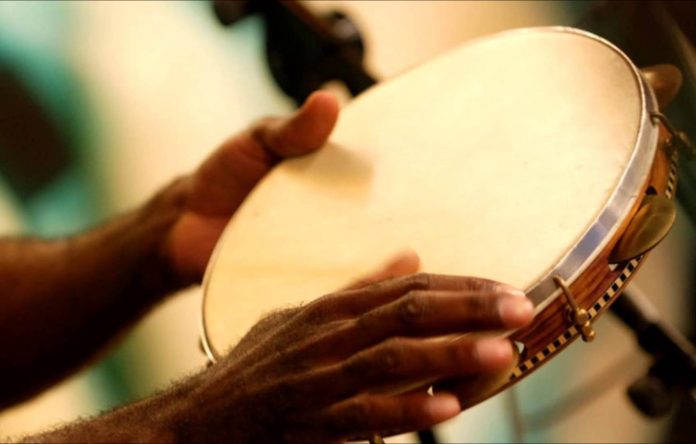Often mistaken for other frame drums with jingles, the pandeiro is unique in design as well as musical application.
As a member of the tambourine family, the pandeiro is similar in basic structure to the more commonly known classical version. However, the structure and sound of a pandeiro give it a different sound, and an important role in most types of Brazilian music.
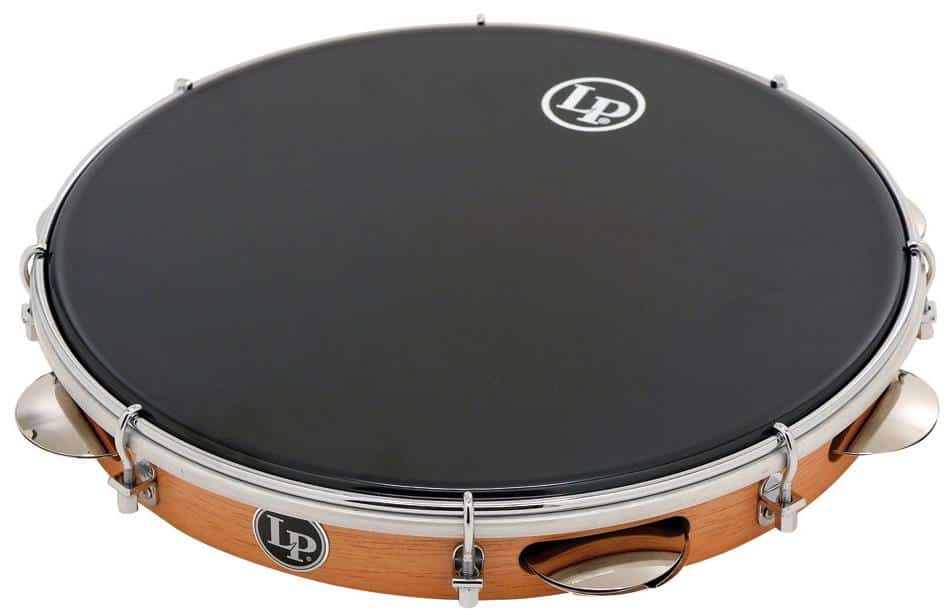
Structure and Sound of a Pandeiro
The pandeiro consists of a head stretched on a circular frame, usually wood or plastic, with metal jingles. Unlike many tambourines, the tension of the head is adjustable with a tuning key. This, combined with cupped jingles, give the pandeiro a more dry, articulate sound than its counterparts.
Here is the video of pandeiro sound:
The type of head, frame, and jingles vary depending on taste and desired sound. A pandeiro with a wood frame and animal skin could create a deeper sound with an impressive bass tone, while a plastic head and brass jingles might be high and crisp.
Pandeiro Playing Techniques
The pandeiro is held in one hand and played with the other using a combination of strokes. Basic patterns usually introduce alternating strokes between the fingertips and heel of the hand first, along with slaps using the middle of the fingers or palm. Bass tones are typically created with the thumb or tips of the fingers.
Playing Pandeiro:
To sustain sound, the player can shake the pandeiro. And like the classical tambourine, thumb or finger rolls are widely used in pandeiro rhythms. To “roll”, the player places his thumb or fingertip at an angle on the head and pushes lightly, running along the edge of the head. It takes practice to develop a feel for the right amount of pressure that will cause the jingles to vibrate.
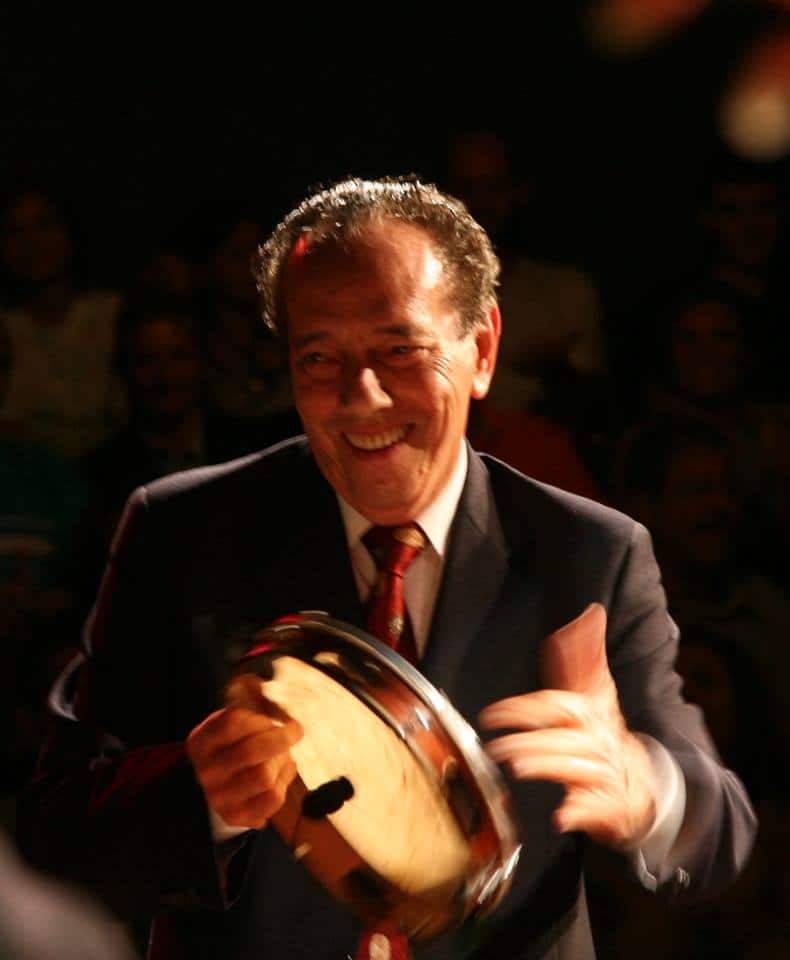
As the instrument spreads in popularity, new techniques are developed. Many pandeiro masters have drastically different techniques and sounds. It is recommended that the beginning pandeiro player learn the very basic strokes first before branching out.
Pandeiro in Brazilian Music
One of the most famous applications of the pandeiro is its use in capoeira, a Brazilian combination of dance and martial arts. The pandeiro is also used in Rio’s famous samba schools during Carnival, which feature a rapid, energetic style of samba.
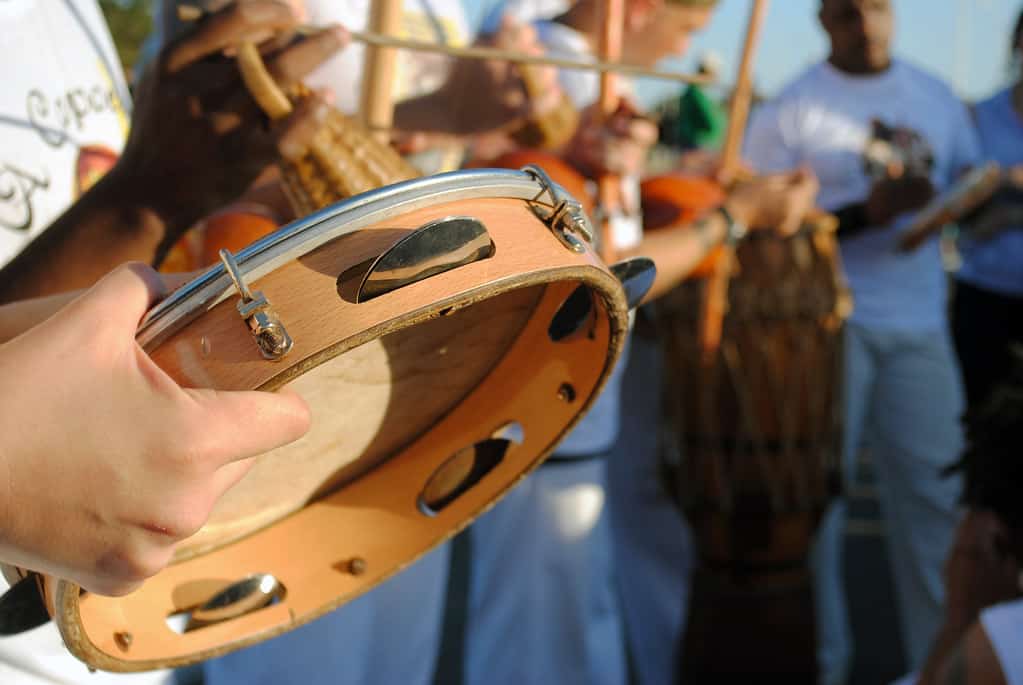
In many traditional Brazilian choro tunes, the pandeiro is the only percussion instrument used. A common choro band consists of guitar, cavaquinho (a small type of guitar), pandeiro, and perhaps flute, clarinet, and/or bass.
The Pandeiro’s Role Today
Over the years, master pandeiro players have perfected almost any rhythmic style imaginable on the pandeiro. Everything from various forms of jazz, funk, rock, reggae, and more have been performed on the instrument.
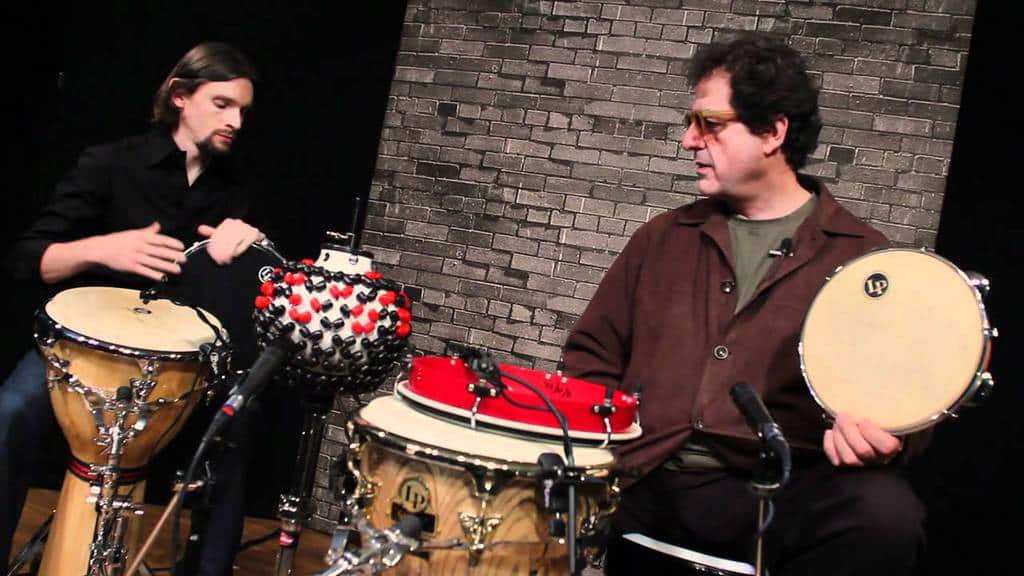
In many cases, the expert pandeiro player can echo almost anything played on the drumset, establishing the pandeiro is one of the most versatile percussion instruments in Brazilian music.


